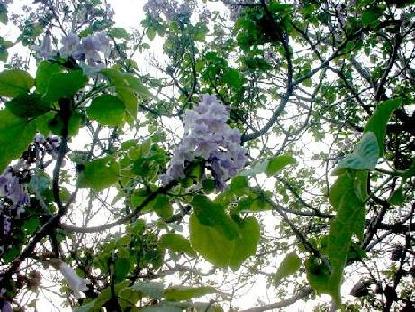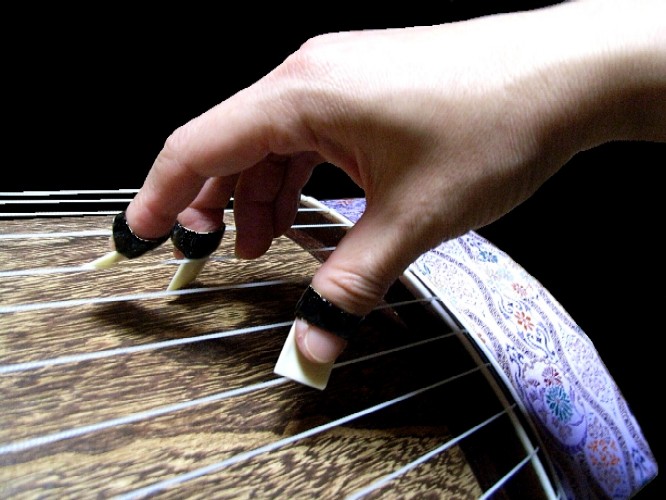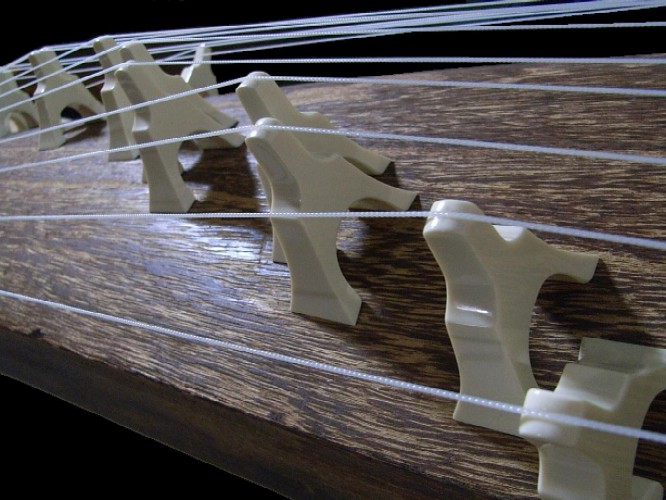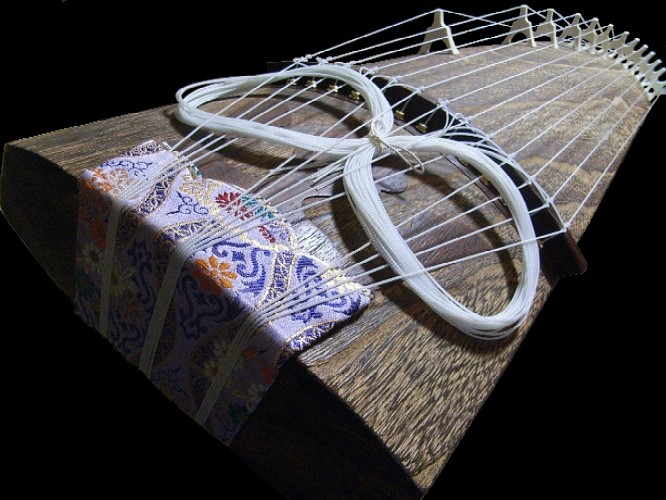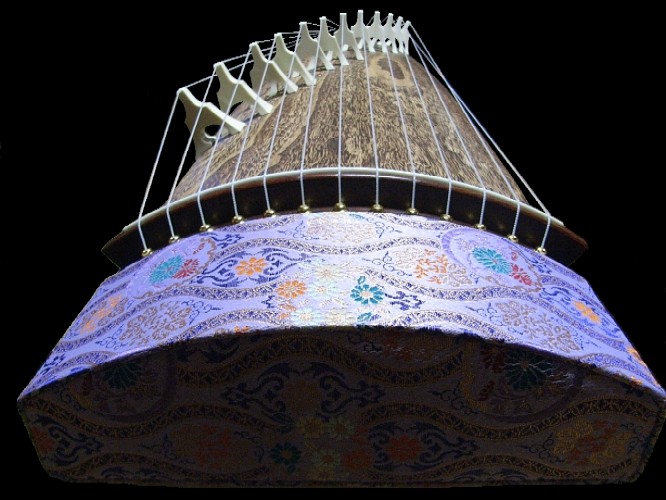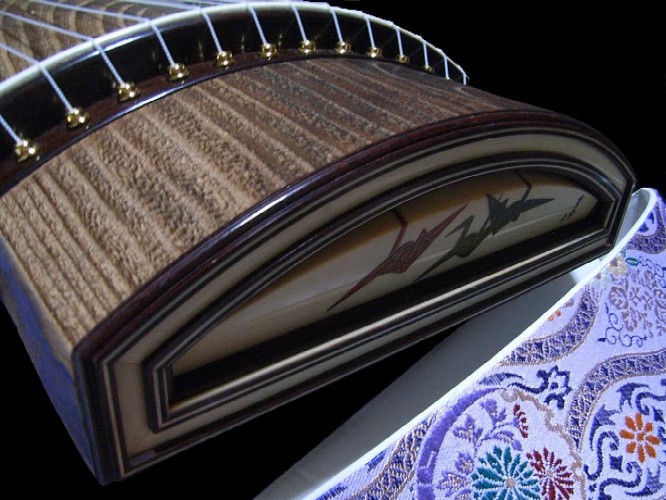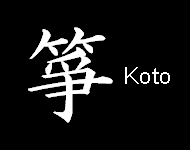 |
 |
- Materials for koto - Part names from a Chinese dragon |
|
|
Materials for koto |
|||
|
The modern koto, which is used in so kyoku today, is about 6 feet long and 9 inches wide, and weighs about 12 pounds. The body is hollow inside, so that it works as a long resonator. The entire body is made of paulownia wood and the small parts are made of rosewood, quince, whalebone, ivory, and so on. It is said that the best paulownia wood for koto is from the Aizu district in Fukushima prefecture, and it is well-known that koto's sound depends on the density and water content of the paulownia wood. |
|||
|
In recent years production of paulownia trees has been decreasing in Japan according to the change in demand, so most of the lumber comes from China and North America. The excellence of paulownia's acoustic performance is attributed to the porousness and viscosity of the wood. If the growing conditions are different then the quality of the wood is different, and the differences are sure to come through in a koto's sound and the grain pattern of its body. |
The Japanese name for paulownia is kiri. The flowers blossom in early summer.
|
||
|
|
|||
|
The koto has 13 strings. In the past, the koto string was made of silk, but it wasn't durable at all. In the latter half of the 20th century, changes in koto music and playing styles led to increased demand for stronger and more durable strings with a louder playing volume. So, for the modern koto, synthetic fiber strings are common today. The main raw material of the string is polyester, which has a high ratio of expansion and contraction and is easily affected by temperature and humidity. That means the tension of koto's strings is always changing. Synthetic fibers have improved the koto's performance dramatically. However koto is still one of the trickiest instruments and makes koto beginners cry at first. One kind of koto called the "gakuso", which is used in gagaku music, still uses silk strings, and hands the distortion-free sound of silk down to the 21st century. As koto strings become worn on the side they are picked from, it is necessary to reverse or replace them with new strings. The plectrum is made of ivory, and is called a "koto-zume". Plastic plectra are produced only in small amounts, mainly for young children or trial lessons. For comparison, plectrum for gakuso is made of bamboo.
|
|||
|
The 13 pieces of movable bridges are called "kotoji". They are used to change the tension of the strings and to tune the koto. In the past, kotoji were made of wood and animal bones, such as whalebone, and they were smaller than modern ones. The kotoji have been improved in size, weight and shape, to give the koto a better sound. In recent years, plastic kotoji have become common, as well as kotoji made from ivory. Ivory's superiority has captivated a lot of koto players, who care a lot about the materials and sounds. It is true that ivory kotoji helps the koto player's performance by its sound conductivity and physical stability. However, ivory kotoji is usually only used for a special occasions, such as traditional music concerts. Also, many koto players know that ivory kotoji doesn't always make the best sound they want. The excellent sounds your ears catch, always depends on the air and the materials which conduct each sound vibration made by the strings, and they can change depending on the conditions of the air, the density and elasticity of bridges, and your ears.
|
The square shaped koto-zume in ikuta style. |
||
|
Movable bridges called "kotoji".
|
|||
|
|
|||
|
As you are aware, ivory is taken from an endangered species, and its international trade has been regulated since 1975 under the Washington Convention (Convention on International Trade in Endangered Species of Wild Fauna and Flora). Japan became one of the signatories of the Convention in 1980. After that, Japan was allowed to import ivory twice, in 1999 and 2008, only for requisite materials for traditional crafts, instrument parts, and personal seals. Only ivory taken from elephants which died of natural causes or number-controlling in particular areas, is allowed to be traded. But, poaching for ivory has been one of the most serious global issues, and there seems to be no end to it, while ivory trading profits poachers. Japan, like China, has been a major importer for ivory, but has developed artificial ivory that can be an alternate material for instruments.
|
|||
|
|
|||
